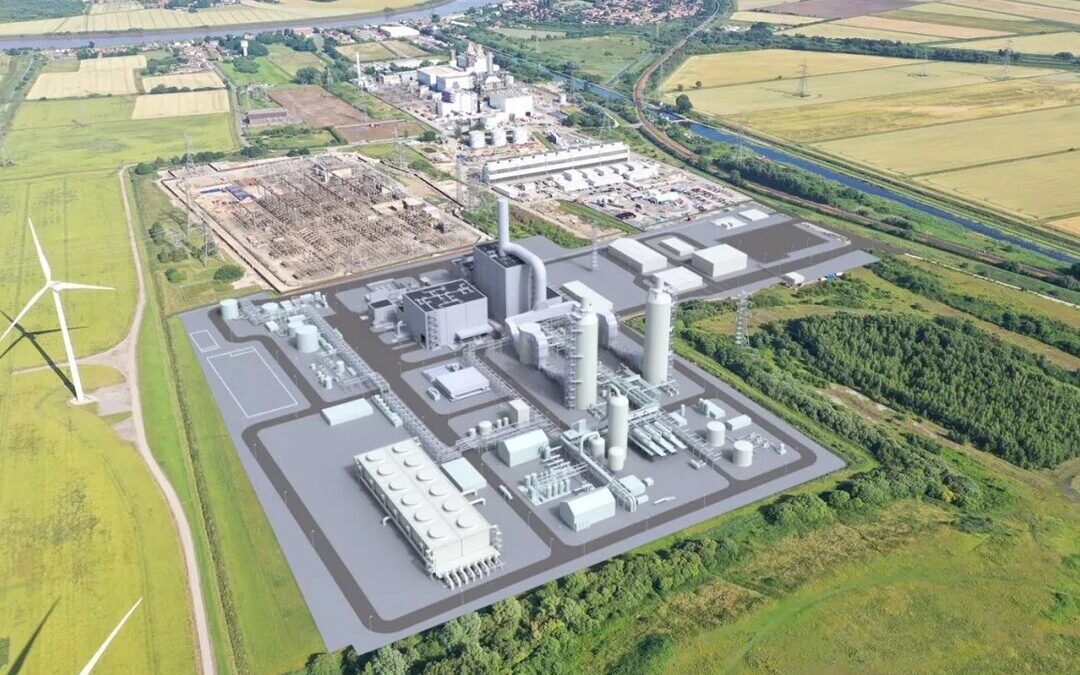Global CCUS Sector Reaches New Milestones but Faces Geographic Imbalance: IEA
IEA study highlights growing investment, sectoral breakthroughs and future challenges in global carbon capture technologies.
The global carbon capture, utilization and storage sector reached key development milestones over the past year but remains short of the trajectory needed to meet net-zero targets, the International Energy Agency said on Wednesday.
According to the latest update of the IEA’s CCUS Projects Database, operational carbon dioxide capture and storage capacity rose slightly to just over 50 million tonnes in the first quarter of 2025.
However, the pipeline of projects indicates that capture capacity could surge to 430 million tonnes annually by 2030, with storage capacity reaching about 670 million tonnes — a 10 percent increase from last year’s forecast.
“While current trends are still insufficient to align with a net-zero emissions pathway, we’re seeing significant forward momentum,” said Mathilde Fajardy, an energy analyst at the IEA. “More projects are reaching construction or final investment decision stages, and several first-of-a-kind facilities broke ground in 2024.”
Focus Shifts to Project Delivery Over New Announcements
Eight new CCUS projects began operation last year, although these were modest in scale, with capacities as low as 5,000 tonnes per year.
The majority of operational capacity remains concentrated in natural gas processing, which accounts for more than 60 percent, boosted by a major investment in Indonesia’s liquefied natural gas sector.
The industry is increasingly focused on maturing existing proposals rather than announcing new ones.
Projects at advanced stages, including those under construction or undergoing detailed engineering, now make up 60 percent of the pipeline.
If completed, they would nearly double global capacity — a first since the IEA began tracking CCUS deployment.
Breakthrough Projects Expand Sectoral and Regional Reach
The IEA also highlighted sectoral and geographic diversification. The UK’s first natural gas power plant with carbon capture and storage reached final investment decision in 2024, targeting a capture capacity of 2 million tonnes of CO2 per year.
A combined heat and power plant in Sweden also reached FID, making it the largest CO2 removal project to cross that milestone.
Meanwhile, a plant in China that started operations last year became the world’s first to capture CO2 emissions from cement production, and the world’s first large-scale storage project in a depleted gas field began operation in Australia.
New regions joined the construction landscape, with Kenya starting a direct air capture, or DAC, pilot backed by venture capital, and Indonesia advancing a large-scale project at the Tangguh gas plant.
Carbon Removal Projects Gain Market Momentum
Carbon removal technologies are also gaining traction. Bioenergy with carbon capture and storage and DAC projects secured offtake agreements for nearly 6 million tonnes of CO₂ removal — almost double the volume in 2023, accounting for three-quarters of the voluntary carbon market’s activity last year.
The world’s largest cement CCUS project in Norway and the largest DAC facility in the United States are expected to become operational this year.
Despite this momentum, the IEA cautioned that regional imbalances persist.
North America and Europe are set to host 80 percent of new capture capacity by 2030, up from just under 60 percent today.
However, China and the Middle East are increasing their share, with over 15 million tonnes per year of capacity under construction. China is poised to launch the world’s largest coal power CCUS unit, while regulatory advances are spurring activity in Brazil, Indonesia, and Japan.
Supply Chain Pressures and Data Centre Demand Loom
The agency also flagged emerging risks to the supply chain. Today’s bespoke manufacturing of capture equipment may not meet the future demand from dozens of industrial and energy sites, presenting both a logistical challenge and a market opportunity for countries willing to invest in scaled production.
Additionally, rising electricity demand from data centers — expected to exceed Japan’s national consumption by 2030 — could drive further CCUS deployment, particularly for low-emissions power generation behind the meter.
“The sector’s trajectory is encouraging, but success hinges on continued investment, policy support and global participation,” said Carl Greenfield, another IEA energy analyst.
Also Read:
BP and Partners Invest $7bn to Develop Tangguh UCC Project in Indonesia
Nirmal Menon
Related posts
Subscribe
Error: Contact form not found.


